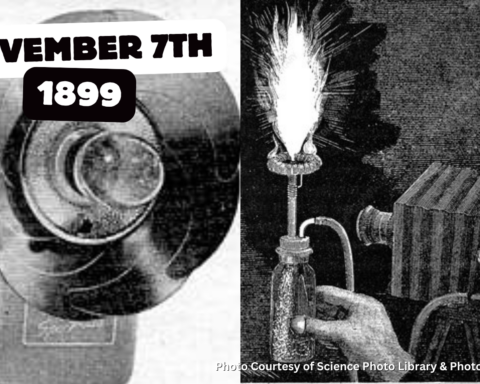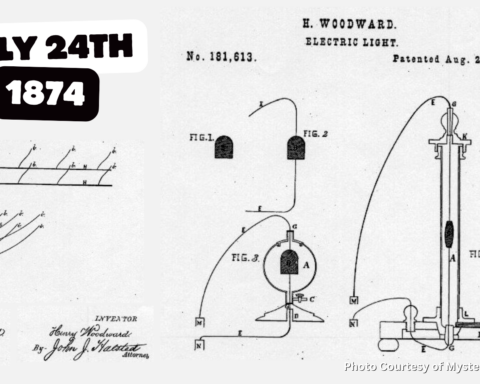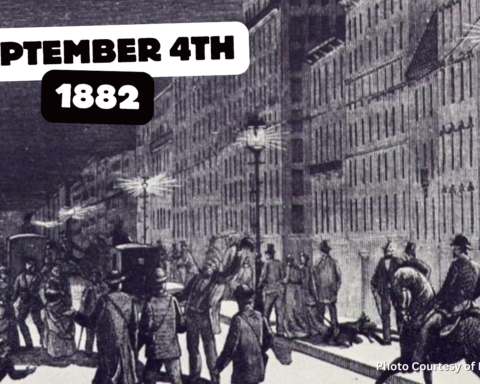September 2004
For almost as long as people have driven automobiles, they have been driving them at night. In order to do that, automakers had to embrace new technologies that improved the safety and experience of driving in the darkness.
Over a century, automotive lighting technologies have evolved from Acetylene Lamps to Halogen Sealed Beams to Laser Lighting Systems. However, one lighting technology that has transformed the world, including automotive lighting, has been LEDs.
The first LEDs used in a car’s lighting system (beyond instrumentation or interior accents) was in 2004. They were used, at this time, in the Audi A8’s daytime running light (DRL) assembly. The selling point was the longevity of the system and the high brightness produced.
Just 2 years later, in 2006, Lexus introduced the first automobile to use LED low beams as the primary road illumination. They were introduced on the 2006 Lexus LS600h. The following year, the V10 Audi A8 became the first car completely outfitted with LED lights from front to rear. This was made possible by electronic controls that could individually dim the LED diodes in order to reduce glare and stop from blinding oncoming drivers.
Throughout the history of the car industry, manufacturers have made great strides in creating safe, efficient lighting systems that help motorists navigate our roads at night.
Featured image courtesy of Car and Driver.





